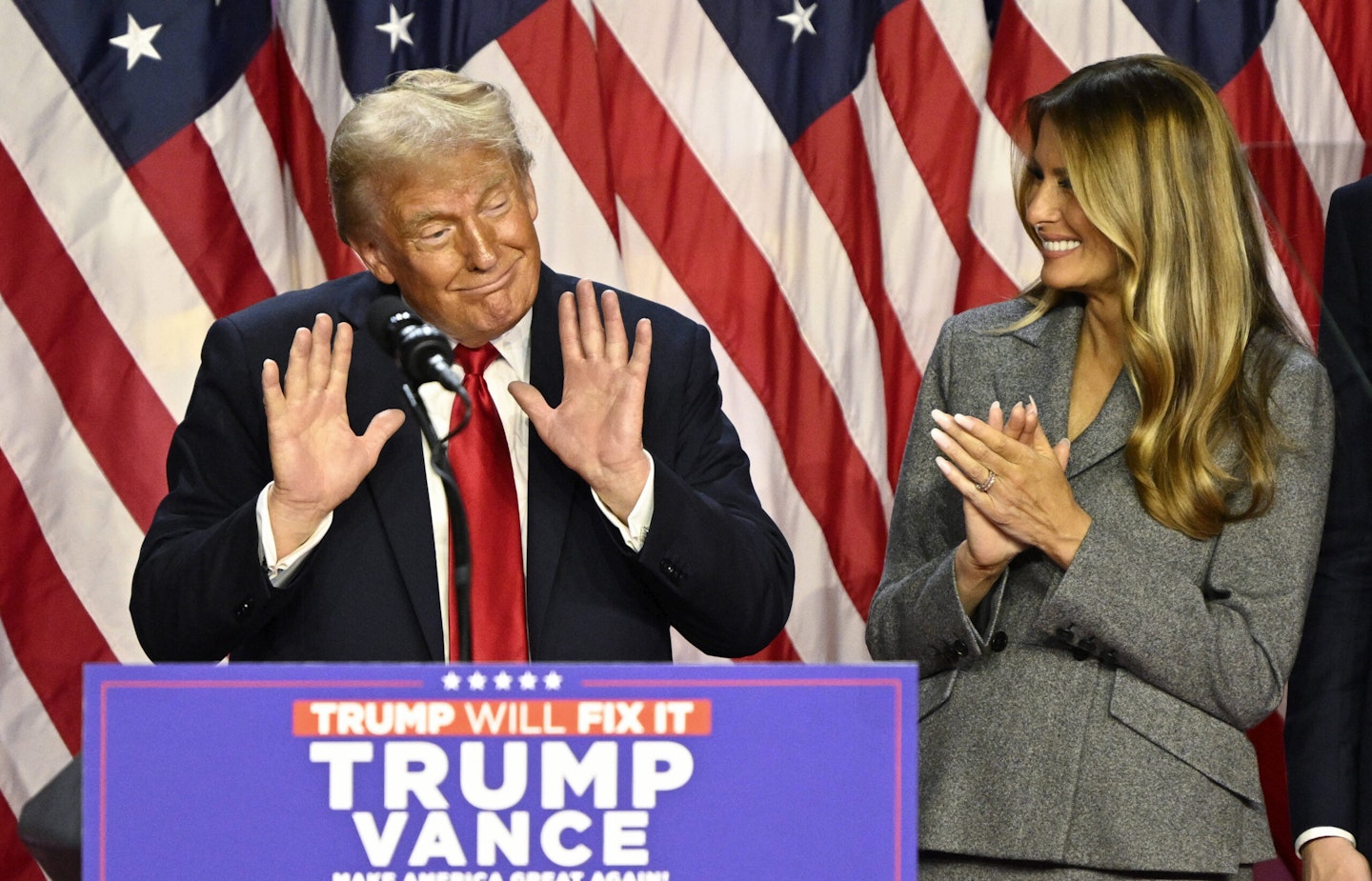The 2024 US election is officially over and Donald Trump is set to return to his former position as President of the United States, because, as 10.30 this morning, Trump had surpassed to 270 electoral votes needed to claim a victory with 277 of the electoral votes compared to Kamala Harris’ 224.
In a speech at his campaign headquarters in Florida Trump said, ‘This has been the greatest political movement of all time. This is a magnificent victory for the American people, that will allow us to make America great again.’

And just like that we’ve seemingly returned to 2016 with the return of Donald Trump to The White House. Except this time, there’s a key difference because Trump also managed to win the popular vote.
Has Trump won the popular vote?
Unlike in 2016 when Hillary Clinton received nearly 66,000,000 votes but just 227 electoral votes whilst Trump received nearly 63,000,000 votes and 304 electoral votes, this year Donald Trump received just over 70,000,000 votes compared to Harris’ 65,000,000.
It’s a tight margin of 47.5% of the votes for Kamala Harris and the Democratic party and 51% for Donald Trump and the Republican party, but it’s just enough for Trump to become the first Republican to win the popular vote in 20 years. The last person to achieve that milestone was George W Bush in 2004.
What is the popular vote versus the electoral vote?
The reason that Trump was able to secure the presidency in 2016 without winning the popular vote against Clinton is because of the United States’ First Past the Post-style Electoral College. Essentially Under the Electoral College system, each state is allocated a number of Electoral College votes roughly in proportion to their population, but weighed towards the smaller states. For example California has 54 electoral colleges compared to just three in states like South Dakota and Vermont.
What happens though is that the vast majority of states apply a winner-takes-all system, whereby the candidate who wins the most votes in a state are assigned all of that state’s Electoral College votes instead of splitting the electoral votes according to the number of votes each candidate received.
When Trump ran for President in 2020 against Joe Biden, Biden won the popular vote by about seven million votes – amassing the most-ever votes for a presidential candidate.
Daisy Hall is a News and Entertainment writer on Grazia
